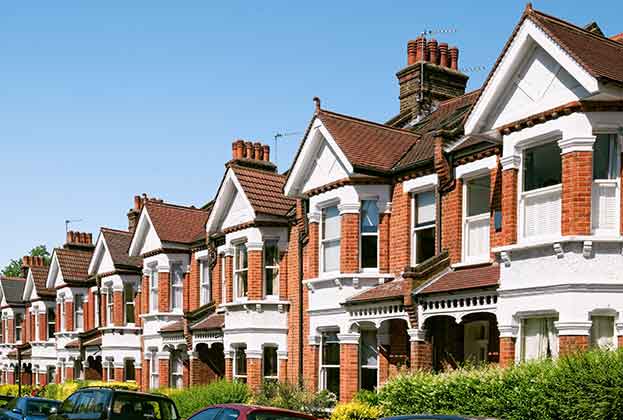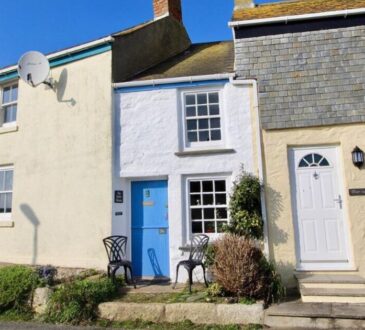
What’s changed?
The oft-quoted Winston Churchill once said, “Politics is the ability to foretell what is going to happen tomorrow, next week, next month and next year. And to have the ability afterwards to explain why it didn’t happen”.
Much the same could be said of the dark art of house price forecasting.
At the beginning of November last, we forecast that house prices would fall by an average of -3.0% in 2024 and that housing transactions would remain at around 1m for the year.
At that time, a 75% LTV mortgage from Nationwide on a two-year fix cost 5.34%. Mortgage approvals were down below 50,000 per month. One of the most reliable lead indicators of house price movements – the reading for new buyer enquiries in the RICS Housing Market Survey – was still in negative territory (with a net balance of 23% of respondents saying they were still falling in October).
Yet the average UK house price rose by a net figure of +1.1% in the first three months of the year, according to Nationwide (rising in two months and falling in one). That brought annual house price growth to 1.6% at the end of March.
Furthermore, monthly mortgage approvals in February rose above 60,000 for the first time since September 2022, and the RICS reading for new buyer enquiries moved back into positive territory.
This recovery has primarily been underpinned by an easing of mortgage rates. A highly competitive mortgage market meant lenders have fairly aggressively priced in the prospect of cuts in bank base rates. As a result, while the bank base rate remains at 5.25%, the cost of the same two-year fixed-rate Nationwide mortgage now stands at 4.84%, while a five-year fix carries an interest rate of 4.50%.
Not only are fixed-rate mortgage costs lower than we anticipated at this stage, but they have also been much less volatile. And this, combined with a slightly improved outlook for economic growth, has given buyers more confidence.
And what hasn’t?
However, we aren’t getting carried away.
Ongoing uncertainty around the pace of future base rate cuts, a relatively weak (though improved) outlook for economic growth in 2024 and the potential for a general election to pause the recovery means our expectation for prices this year has gone from low single-digit house price falls to low single-digit increases.
And over the medium term, our forecasts have changed very little, with the same longer-term affordability considerations applying.




